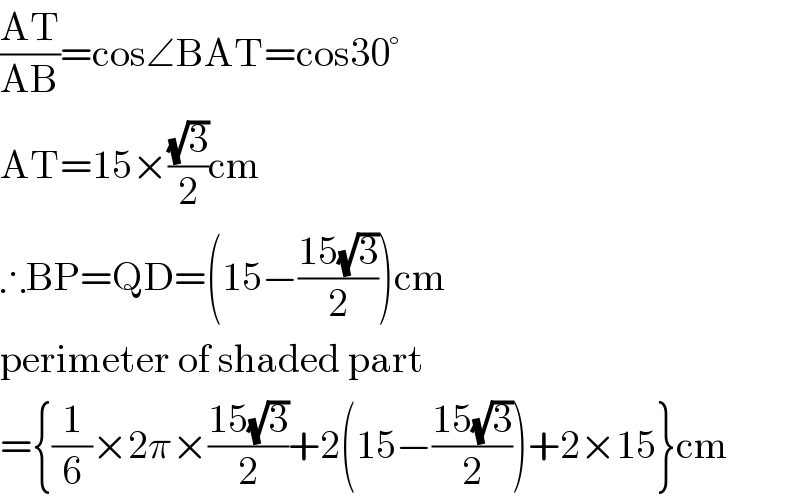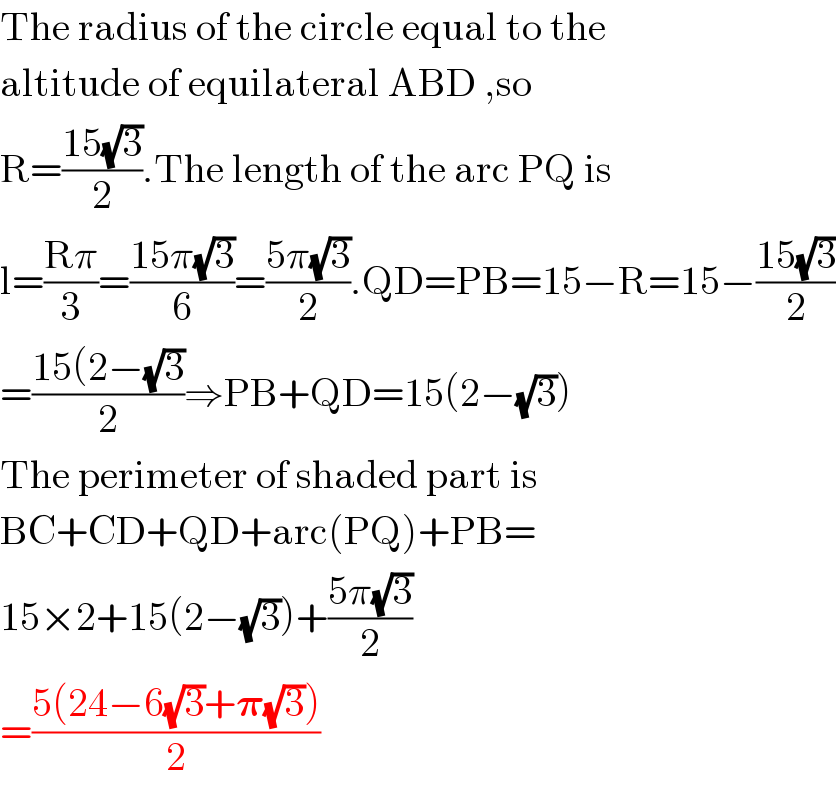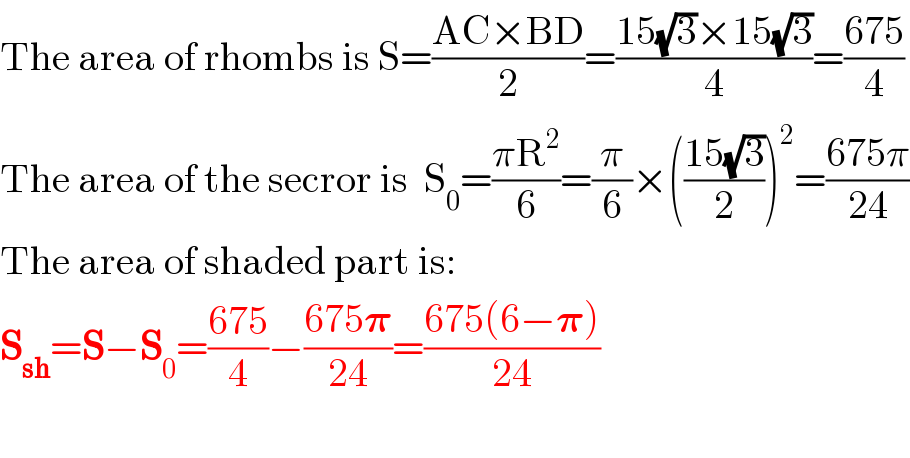
Question and Answers Forum
Question Number 103318 by I want to learn more last updated on 14/Jul/20

Commented by som(math1967) last updated on 14/Jul/20

Commented by I want to learn more last updated on 14/Jul/20

Commented by Tawa11 last updated on 15/Sep/21

Answered by 1549442205 last updated on 14/Jul/20

Commented by I want to learn more last updated on 14/Jul/20

Commented by I want to learn more last updated on 14/Jul/20

Commented by som(math1967) last updated on 14/Jul/20

Commented by I want to learn more last updated on 14/Jul/20

Commented by 1549442205 last updated on 14/Jul/20

Commented by I want to learn more last updated on 14/Jul/20

